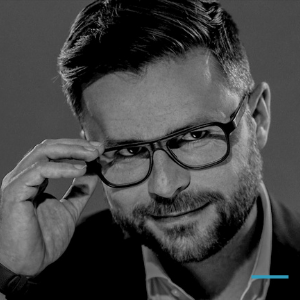07.01.19
In today’s business world, ‘disruption’ has been a hot topic for quite some time now. In a landscape identified by technological (r)evolutions, empowered customers and a high speed of digitalisation, businesses need to reorient themselves. One company that bravely embraced this challenge, is Volvo.
During the second Callebaut Collective ‘Talks’, Sven De Smet, Head of Brand & Consumer Journey of Volvo Car Group, reported to a specialized audience of (mobility) industry experts on Volvo’s strategy for the future on how to redefine their business and how to embrace the chaos that comes with it.
Reconnect through redefining your purpose
Throughout the conversation with Sarah Steenhaut (Callebaut Collective), Sven’s story, filled with anecdotes, was built around the key drivers of reorienting your business. The first one can be found in Volvo’s history. It has always been about ‘safety’, he explained. When people hear ‘Volvo, they think about ‘safety’. This has been our purpose as a car manufacturer for a long time.
However, due to the recent climate of changing technology and customer needs, the mobility industry quickly met upcoming challenges. In order to meet these challenges, they decided to go back to their roots and started focusing on their purpose. As a purpose-led organisation, the customer has always been the key part of their business. This translated in Volvo’s change of course, coming from being a car manufacturer, going to being a ‘provider of freedom to move in a personal, sustainable, and safe way’.

